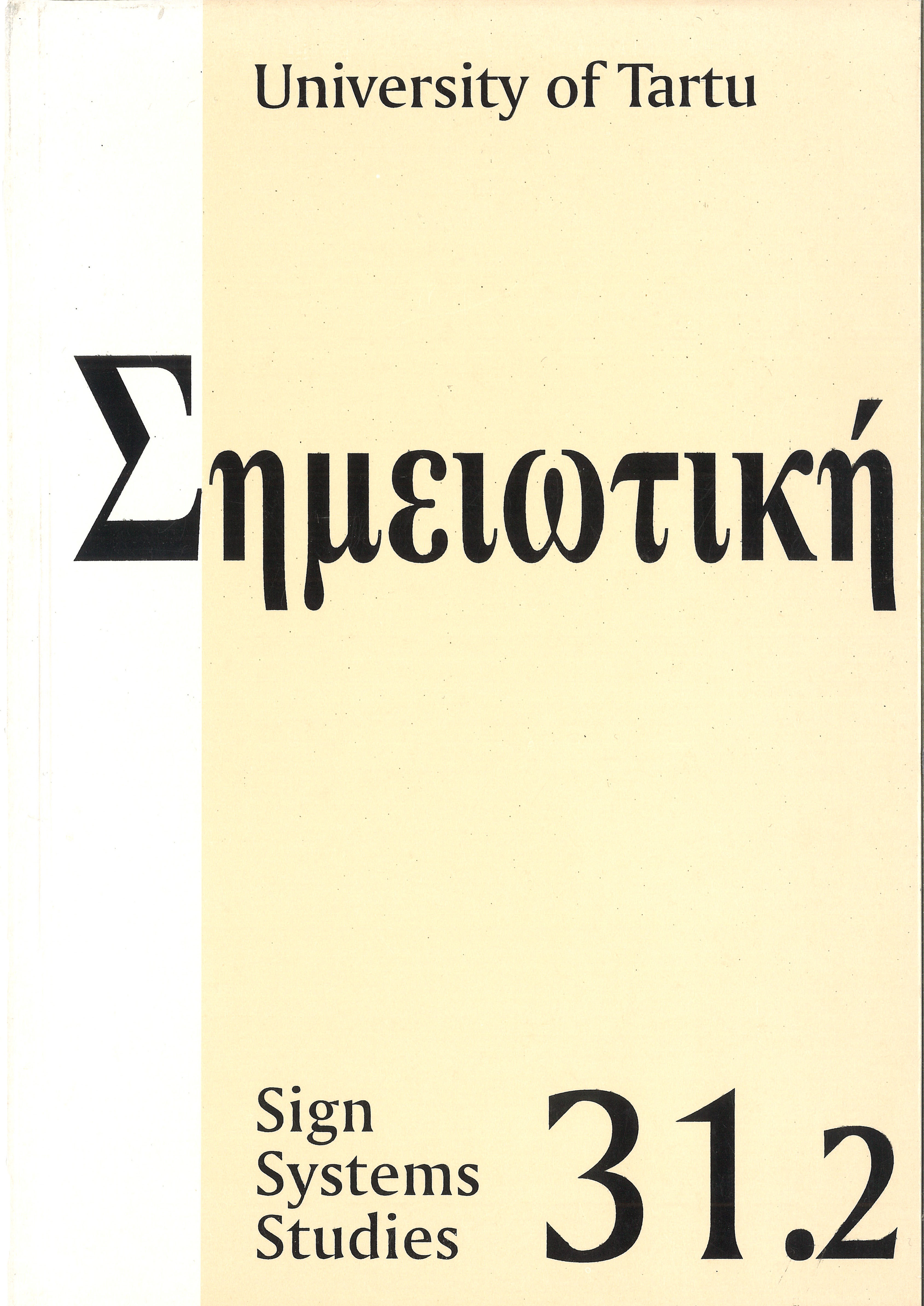Psychiatry in free fall: In pursuit of a semiotic foothold
DOI:
https://doi.org/10.12697/SSS.2003.31.2.13Abstract
Diagnostics of a mental disorder completely bases on an estimation of patient’s behaviour, verbal behaviour being the most important. The behaviour, in turn, is ruled by a situation expressed as a system of signs. Perception of a situation could be seen as a function, which depends on the context resulting from the previous situations, structuring personal world. So the world is not given — it is being formed while the person is in action. We argue that distinctive features of behaviour, including its abnormal variants, can be explained not in categories of characters and diseases but in terms of situations taking place in individual worlds. The situation in which a person perceives himself is not simply a site in a three-dimensional space at a certain moment, but a part of the world and an episode of his life. Like a text composed of words, individual world is composed of situations. Each of them needs certain context to cope with ambiguity. This context is induced by the world as a whole. And the world, in turn, is presented as a chain of situations. If the context cannot help to interpret a situation adequately, uncertainty can be eliminated by actions clarifying a situation, which is changed in a predictable way. Thus, purposeful activity, skills to make predictions and corrections of one’s own actions are crucial. Weakness of any of them inevitably leads to the distortion of the presentation of the world, to wrong evaluation of situations and, as a result, to inadequate actions that finally reduce the activity as being ineffective. Thus, the lack of activity becomes the key factor in the development of disorder, being simultaneously its cause and effect. In periods of insufficient activity conditions for violated (and violating) sign processing arise. Possible variants of sign malfunction are: oligosemia (reduction of the number of perceivable signs), hyposemia (decrease of significance of signs), hypersemia (increase of significance of some signs at the expense of others), ambisemia (uncertainty of sign, when situation remains unclear), cryptosemia (recognition of signs not obvious for other observers), and parasemia (perverted interpretation of signs influenced by a false context).


